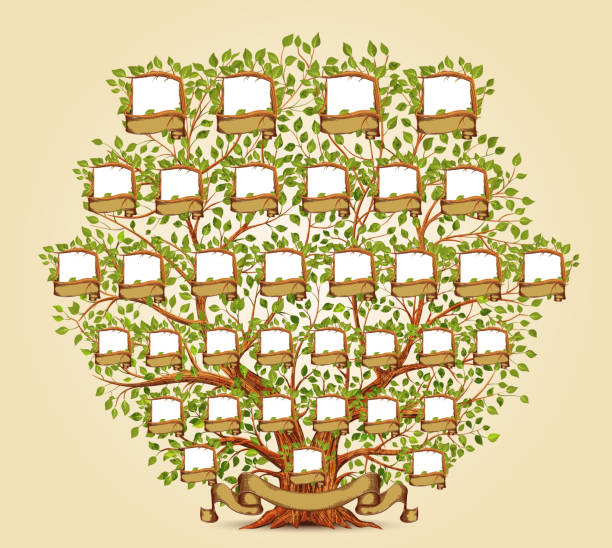The Theory of Family Relativity represents a groundbreaking approach to genealogy, transforming the way we uncover and understand our family histories. Developed by the genealogy and DNA testing company MyHeritage, this innovative theory goes beyond traditional genealogical research methods. It leverages the power of advanced algorithms and big data to connect individuals based on shared genetic material, providing a more comprehensive view of our family ties.
Understanding the Theory of Family Relativity
At its core, the Theory of Family Relativity operates on the principle that individuals who share common ancestors are likely to share DNA segments. MyHeritage uses this insight to create a vast network of relationships, connecting users with potential relatives based on shared genetic information found in their DNA testing results.
The theory draws from a vast database of family trees, historical records, and genetic data. By cross-referencing this information, the algorithm can identify patterns and suggest potential connections between individuals who may be separated by generations and geographical distances.
Applications of the Theory of Family Relativity
- Discovering Unknown Relatives
One of the most exciting applications of the Theory of Family Relativity is the ability to uncover previously unknown relatives. Users can receive notifications of potential matches, leading to the discovery of long-lost family members or connections that were previously overlooked. - Breaking Through Genealogical Brick Walls
Traditional genealogical research often encounters roadblocks, such as missing records or incomplete family trees. The Theory of Family Relativity helps break through these brick walls by providing alternative avenues for exploration. It suggests potential relationships that may not be apparent through conventional research methods. - Building More Inclusive Family Trees
Many family trees are limited by the information available to individuals, leading to incomplete and fragmented representations of family history. The theory allows users to expand and enrich their family trees by incorporating data from a broader network of interconnected relatives. - Cultural and Historical Insights
By tracing shared DNA segments and connections through multiple generations, the Theory of Family Relativity enables users to gain insights into the migration patterns, historical events, and cultural influences that have shaped their family history. It adds a new layer of depth to the understanding of one’s heritage. - Collaborative Genealogy
The Theory of Family Relativity fosters collaboration among individuals who share common ancestors. Users can connect with newfound relatives, share information, and collaboratively build more accurate and extensive family trees.
Unraveling the Threads of Genealogy
The Theory of Family Relativity represents a significant leap forward in the field of genealogy. By harnessing the power of advanced algorithms and vast datasets, it opens up new possibilities for discovering, understanding, and connecting with our relatives across time and space. As technology continues to advance, we can expect further refinements and expansions of this theory, providing even more comprehensive insights into the complex tapestry of our shared familial histories.


